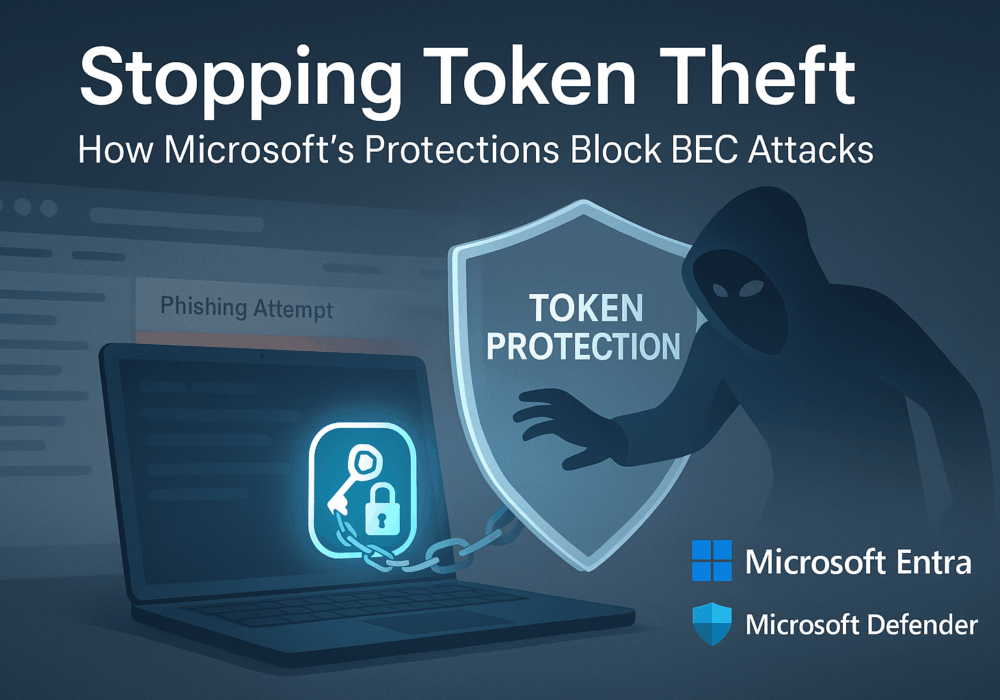A Malicious URL is a link created with the purpose of promoting scams, attacks, and fraud. By clicking on an infected URL, you may download malware or a trojan that can take control of your device, or you might be persuaded into providing personal information on a fake website such as your username and password. Malicious URLs are often seen embedded in phishing attacks, tricking users into clicking on the link(s). Hackers use techniques like “typosquatting” to make malicious URLs look legitimate. For example, the URL is r n icrosoft.com rather than microsoft.com can be used to trick users due to it looking legitimate at a glance.
Source: Gatefy
Additional Reading: Smishing, The New Phishing
Related Terms: Typosquatting, Phishing, Trojan Horse
Businesses should be doing all they can to reduce the likelihood of employees falling victim to malicious URLs or other cyber risks. CyberHoot recommends following these best practices to help your organization stay more secure:
Nothing you do will guarantee you cannot be compromised. However, doing these things proactively will act like the ounce of prevention Ben Franklin was fond of talking about with respect to Fire prevention. It’s worth a pound of cure during a fire (or a breach). Watch the video below for more details on these attacks.
Discover and share the latest cybersecurity trends, tips and best practices – alongside new threats to watch out for.

Welcome to our two-part blog series on Microsoft’s new email security enhancement now included in Office 365 P1...
Read more
"Being an MSP today is like wearing a neon sign that says, ‘Hack me! I’m the gateway to 100...
Read more
Ever had your phone suddenly lose service for no reason, followed by a flood of “reset your password”...
Read moreGet sharper eyes on human risks, with the positive approach that beats traditional phish testing.
